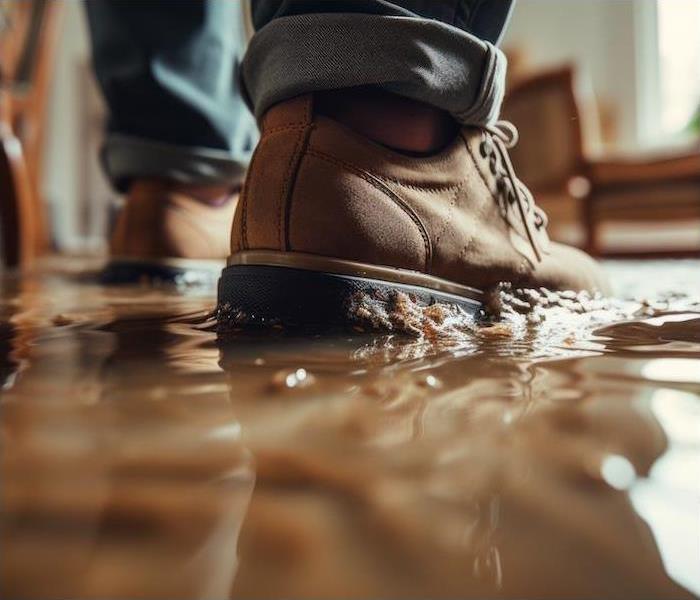The Basics of Flood Damage Prevention | SERVPRO of Talladega, Clay & Randolph Counties
4/1/2024 (Permalink)
 SERVPRO of Talladega, Clay & Randolph Counties is ready to help in a moments notice after spring showers leak in to your home or business.
SERVPRO of Talladega, Clay & Randolph Counties is ready to help in a moments notice after spring showers leak in to your home or business.
When you want to do something well, it is best to start with the basics. If you have children who are learning multiplication, this is a fact that you already know (painfully) well.
Starting with the basics is the best way to protect your home from potential damage that disasters could leave you with. We can’t control what Mother Nature is going to do, but we can prepare for it.
Flooding is one of the most damaging natural disasters—and it can affect any house anywhere. That makes covering the basics of flood prevention and protection incredibly important.
Flooding is so detrimental to so many because it can happen in a lot of different ways. Internal flooding that stems from a manmade issue can cause a pretty big mess, but it is often easier to control and easier to clean-up.
Weather-related issues are a different story! In our part of Alabama, flash flooding from heavy rainfall is a common occurrence. Flooding from the creeks in our communities, like Town Creek, has also caused issues for all of us.
One of the best basic steps you can take toward protecting your home is getting to know your flood zone. This will help you understand your unique risks in order to make the most out of your preparations.
Get to know how your yard acts during a heavy rain as well. If you are near a creek, or in a low-lying valley, you may need to add drainage in order to prevent puddles from forming.
Many of our communities have a great deal of trees, so if your yard and roof are often covered with leaves and limbs, it may be ideal to cover your gutter system to prevent blockages. Check your roof regularly, too, in order to keep it clear and in good shape.
Getting to know your area is one of the basics that is crucial for protecting your home from flooding. Home maintenance is the next basic thing you need to cover in order to ensure your home is ready for even the most surprising flood.
Start by making sure your yard has a gentle slope. The more you can encourage rain to roll away from your home, the better. If there is a spot in your yard that consistently stays wet, add some organic material or make this your garden spot. Another easy way to keep your yard dry is to extend your gutter downspouts underground.
On the inside of your home, regularly check the seals on your windows and doors. It’s a good idea to update the caulking and weather stripping around them every spring and fall.
Keep a close eye on your basement if you have one. If you see cracks or gapping in the wall, it could be time to have the basement professionally resealed. Add a sump pump to the lowest level of your home as well in order to pull water out during a heavy rain.
The basics are the best way to get anything done well, including preparing your home for a potential flood. Make sure these easy items are on your regular home maintenance to-do list. Getting your home ready for a disaster will always be easier than teaching you kids math.
Do you have water damage in your home? Contact us at SERVPRO® for fast recovery.





 24/7 Emergency Service
24/7 Emergency Service